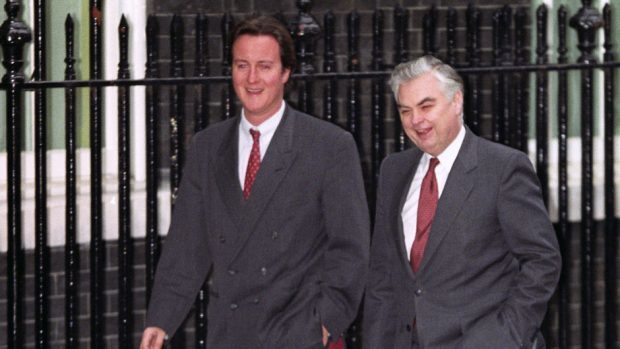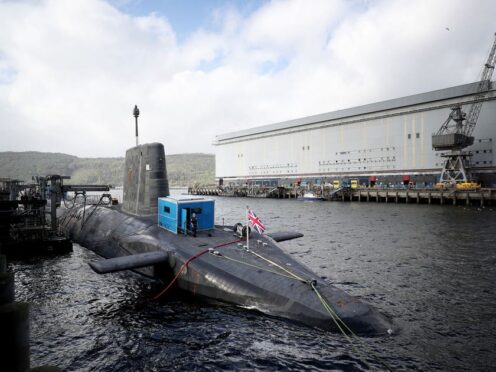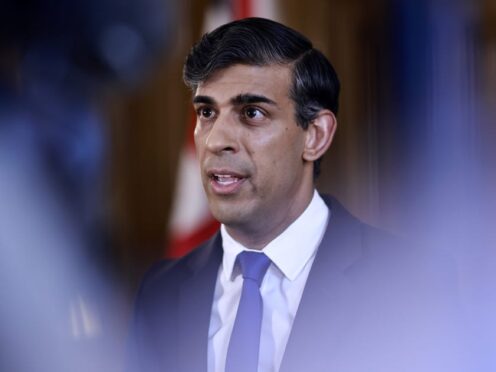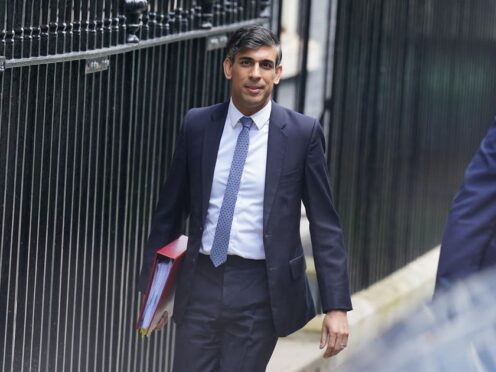UK Government ministers knew that a controversial tax change in 1993 would “undoubtedly depress” exploration in the North Sea.
Amid low oil prices, the Petroleum Revenue Tax (PRT) was abolished for new fields in the Budget in March of that year.
The change also removed a series of tax allowances for offshore firms, including for exploration, and was designed to save the Treasury £400 million by its third year.
Documents at the National Archives show that the proposal was discussed in bilateral meetings between Prime Minister John Major and Chancellor Norman Lamont at the time of the Budget.
On January 14, 1993, a note of the previous day’s meeting recorded that the “Chancellor said he had identified some revenue-raising options which would not involve too much political pain”, including that he was “looking at the possibility of abolishing petroleum revenue tax”.
Mr Lamont announced the shake-up in his Budget of March 16 of that year, saying it would put the North Sea on “a clear long-term footing”.
But just two weeks later, the agenda for another meeting between the prime minister and chancellor stated: “Abolition of PRT is due to save £40/40/400 million, but it will undoubtedly depress new exploration in the North Sea.”
As expected, exploration expenditure and drilling did drop after 1993, with spending in 2000 barely a fifth what it had been in 1992.
Reflecting on the PRT change, Aberdeen University petroleum economics professor Alex Kemp said that it meant the government had to introduce the “supplementary charge” tax when oil prices increased again a few years later.
“HMRC would certainly regard it as a mistake with hindsight because they had to introduce another tax,” he said.
“A lot of companies had designed their exploration programmes on the basis they would get relief. It benefitted the companies producing, but not the explorers, whether big or small.”










